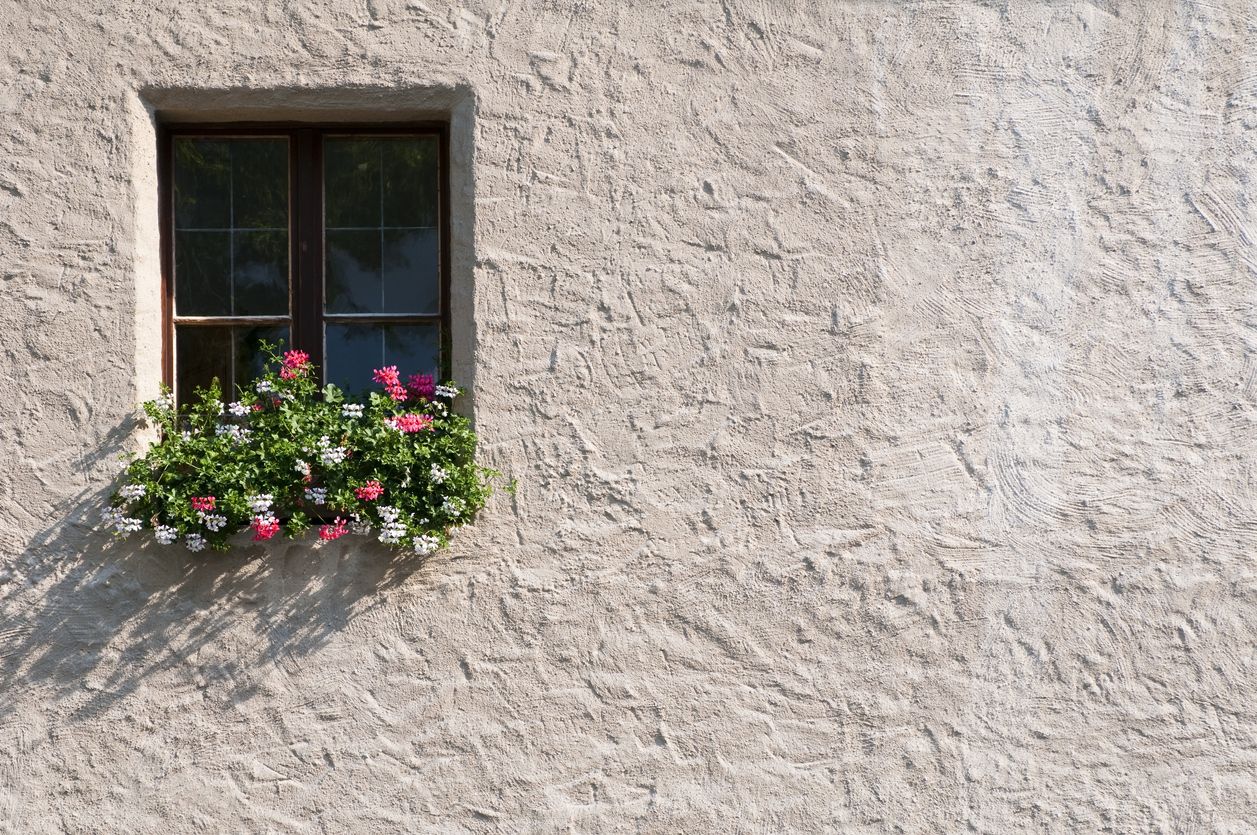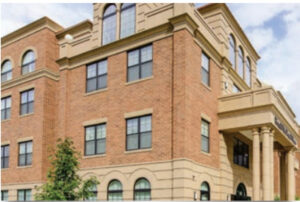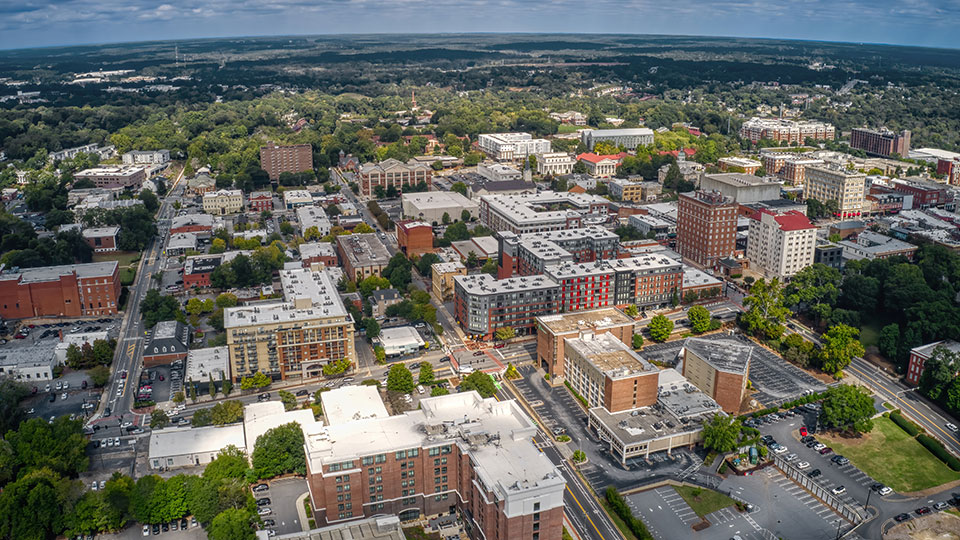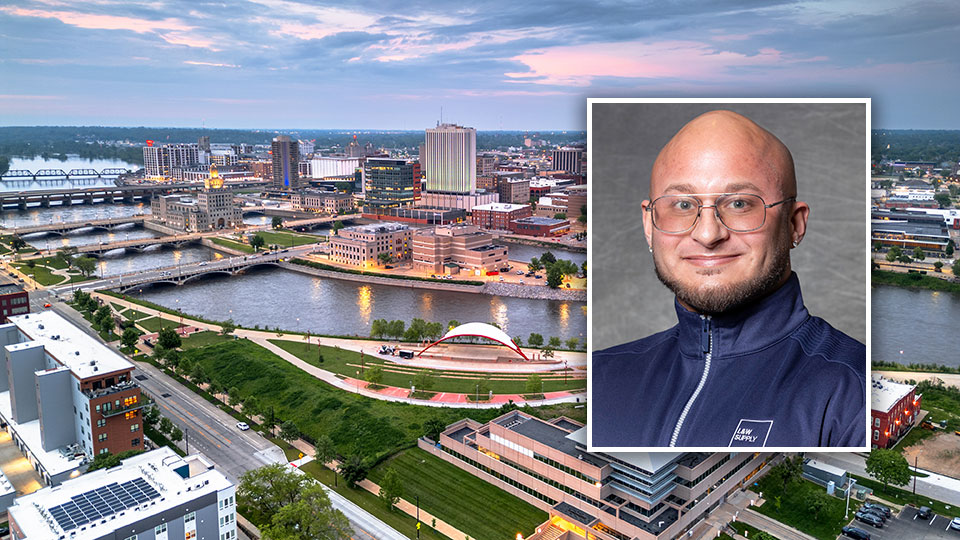
What is the Difference Between EIFS and Stucco?
Unwrapping the Exterior: Examining a frequently asked question in the world of building materials
When it comes time to select an exterior finish, many business and homeowners struggle to arrive at a product that can cover all of their needs. Stucco has gathered a reputation for being a durable, inexpensive material that can help brighten up your exterior while keeping it safe from the elements. However, not all stucco is the same – there is traditional stucco and then there is synthetic stucco, what is known as External Insulation Finishing Systems (EIFS).
How do you know what is right for your project? Let’s take a look at the difference between Stucco and EIFS and examine the benefits and drawbacks of each, while also examining a some solutions from Dryvit, a leading manufacturer of EIFS.
Traditional Stucco
Traditional stucco, also known as hard cut stucco, is an outer coating for a home composed of a mixture of cement, sand, limestone powder and water, along with other additives. It is applied in either a one coat or three-coat system to ceilings, walls, or other surfaces. Stucco homes and buildings typically feature exteriors with a variety of textures, such as a hard, pebbled finish or a virtually smooth wall.
Stucco has been a part of construction since 1824, undergoing many refinements since then, and has remained a longstanding favorite in architecture and design. Stucco is easy to repair, dries quickly, and highly affordable for both contractors and homeowners. Here are some of the primary benefits of using traditional stucco:
- Great Look – Stucco can be easily painted over or mixed with dyes to achieve a certain look. Many homeowners find the surface so appealing they keep it as-is.
- Powerful Fire Resistance – A 7/8 inch coating of stucco provides a one-hour fire rating, making it ideal for dwellings with strict fire codes.
- Durable – If installed correctly, and under the right climate conditions, Stucco can be a long-lasting solution for exteriors.
EIFS (External Insulated Finishing System)
EIFS – also called synthetic stucco – has gained popularity as an alternative to traditional stucco for its increased flexibility and durability when compared to the regular version. EIFS utilizes several layers of synthetic materials to achieve a desired performance and finish, consisting of a polystyrene foam board, followed by a fiberglass mesh and a finishing coat. All together, these layers provide more insulation and protection against the elements than traditional stucco. To be more specific, it provides up to R46 at 12” thick EPS.
The drawback of EIFS is that while it offers more flexibility, it is also somewhat more time consuming to install. This contributes to a slightly higher price point than the traditional stucco. However, depending on where you live (especially in a wetter, cooler climate) EIFS may just be the right option since it will hold up stronger over time. This is why stucco can be so commonly areas with warmer temperatures in the southern United States.
Dryvit

A building with Dryvit Outsulation CI Installed
Dryvit is a leading manufacturer of EIFS products. Their products are so common that sometimes when referring to “synthetic stucco,” people use Dryvit’s name interchangeably. As a company, they have helped pioneer many of the innovations in the exterior and “Outsulation” space, including the ability to install external insulation on top of existing exterior systems.
Dryvit offers six main systems which serve different purposes, including:
- Continuous Insulation System (CI): Consisting of foam insulation on the outside of a building, adding more insulation and protection.
- Direct Applied System: Designed to be applied over masonry, wood and ICF substrates.
- Stucco System: The Dryvit stucco system is similar to a standard 3-coat application process but may come with certain additions, including water and air barriers for added protection.
- NewBrick: Offers the look and feel of brick without the weight, hassle and cost associated with clay bricks.
- Panelization – Modulite: Pre-fabricated panels that help enhance the insulation and durability of an exterior wall system.
- ReVyvit by Dryvit Solutions: A renovation solution set that allows an exterior system to perform better in a less costly way by improving insulation and performance.
Whereas traditional stucco may be used itself as a system, Dryvit’s products can be added as “Outsulation” – external insulation to an existing stucco system. This additional layer helps protect the entire exterior system, resulting in greater durability and therefore less maintenance costs.
If you would like to learn more about L&W Supply’s line of exteriors, visit our Exteriors page, or speak to your local branch rep today. Check out Dryvit’s line of exterior systems at their website: https://www.dryvit.com/

L&W Supply Announces the Opening of Its Athens, Georgia, Location
Esteban Garcia manages the newest location CHICAGO – November 18, 2024 – L&W Supply, a nationwide distributor of interior building materials and construction supplies, has opened a new location at 316 Commerce Blvd., Athens, Georgia. Esteban Garcia manages the new location. Garcia joined L&W Supply in November 2021 as an outside sales representative through an […]

L&W Supply Announces the Opening of Its First Iowa Location in Cedar Rapids
Noah Burger manages the newest location CHICAGO – September 5, 2024 – L&W Supply, a nationwide distributor of interior building materials and construction supplies, has opened a new location at 1203 9th Street SW, Cedar Rapids, Iowa. Noah Burger manages the new location. Burger joined L&W Supply in 2021 after completing his Bachelor of Business […]